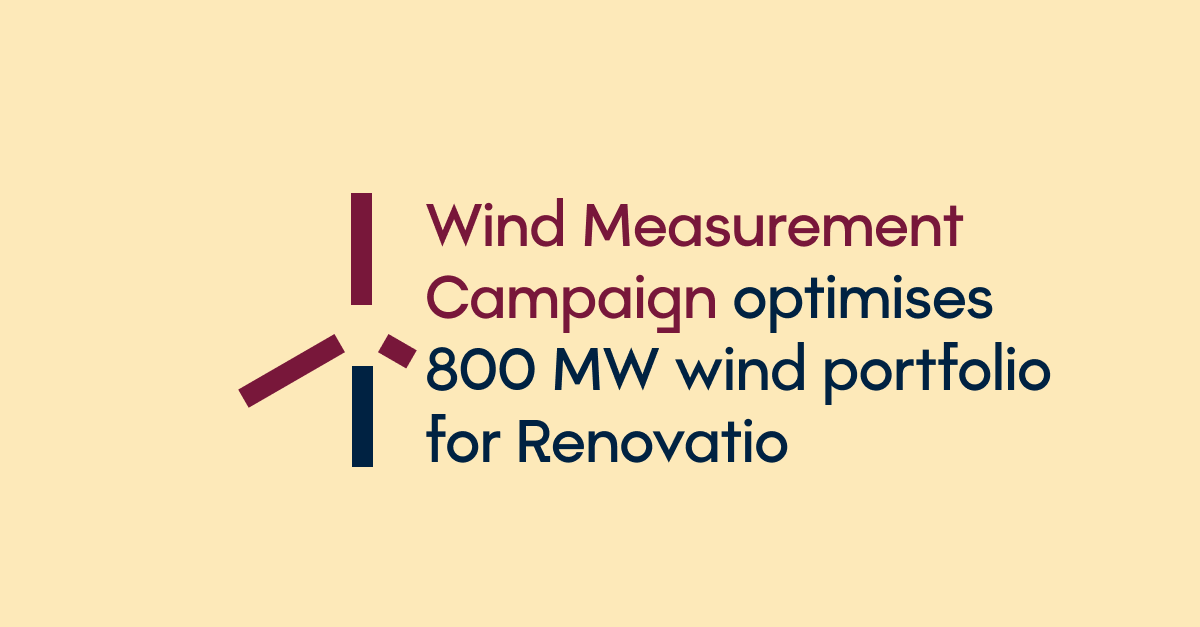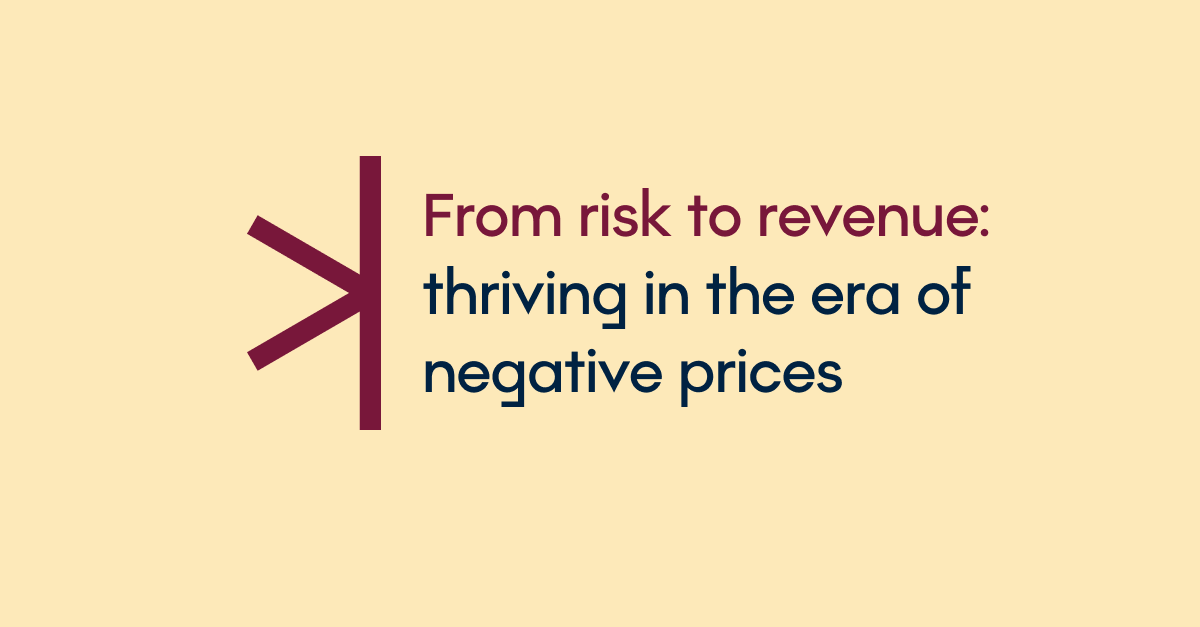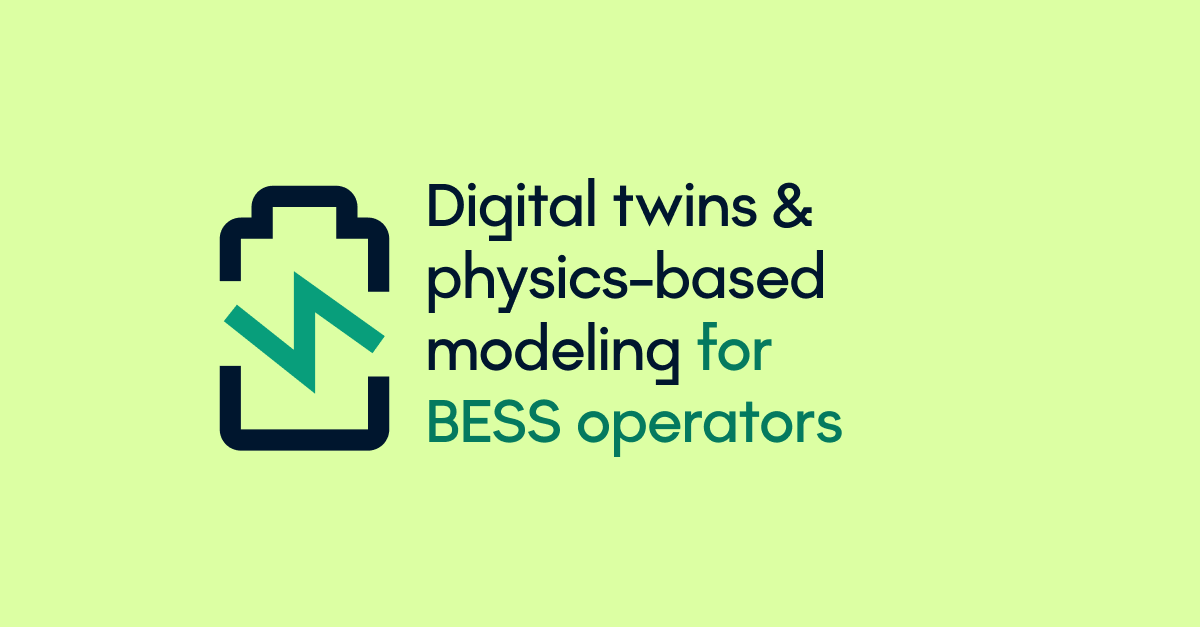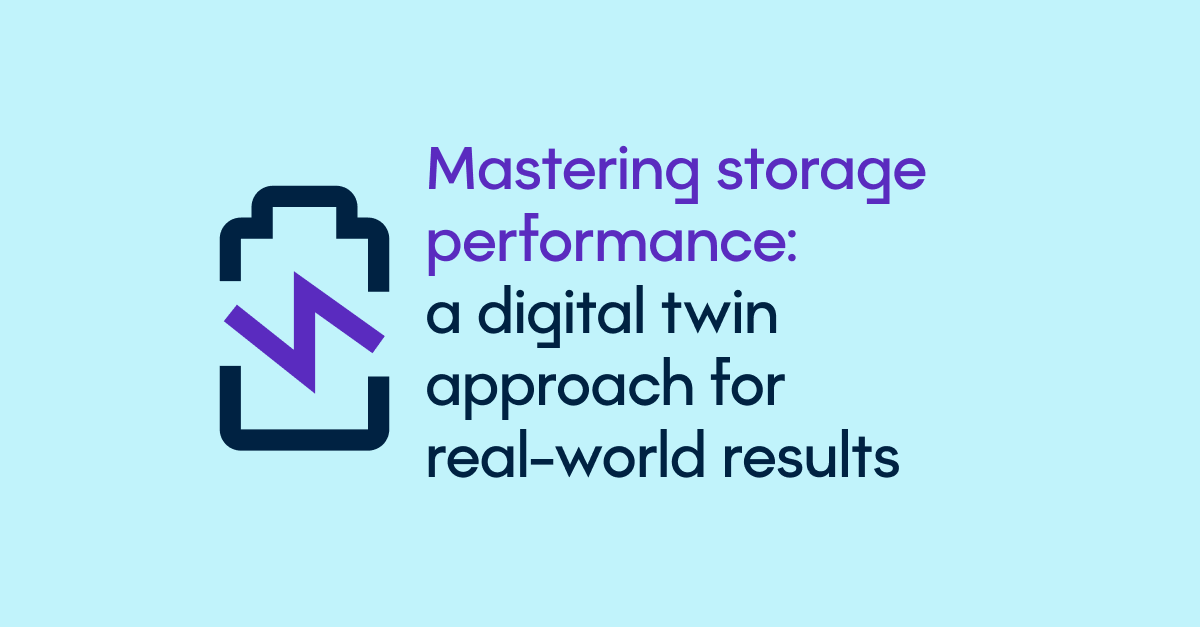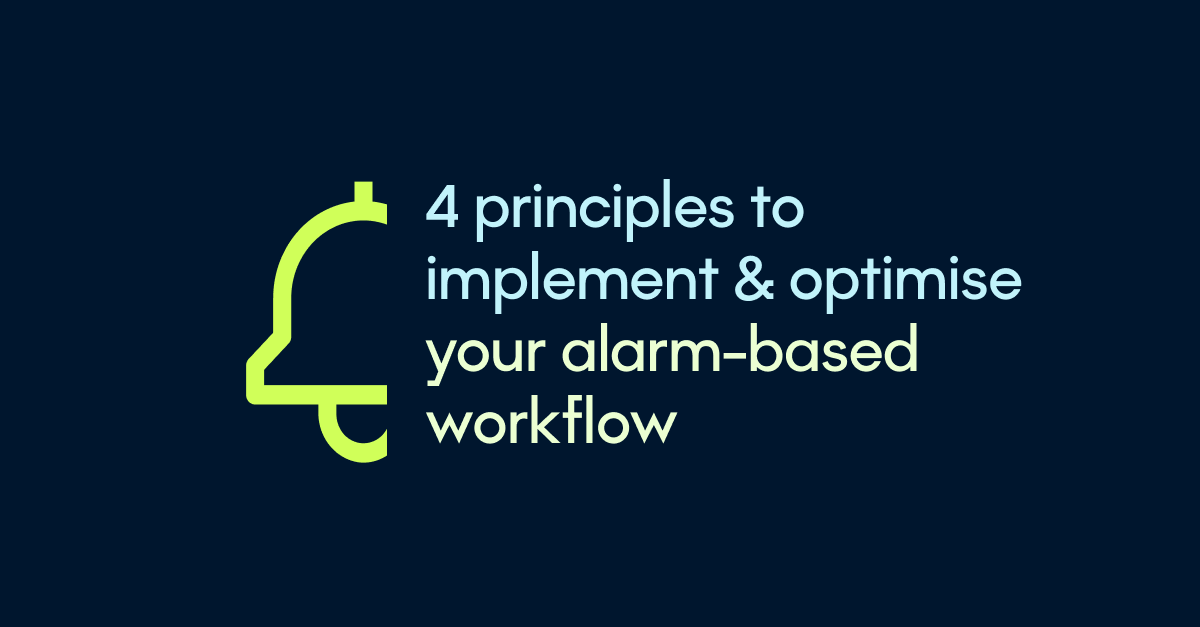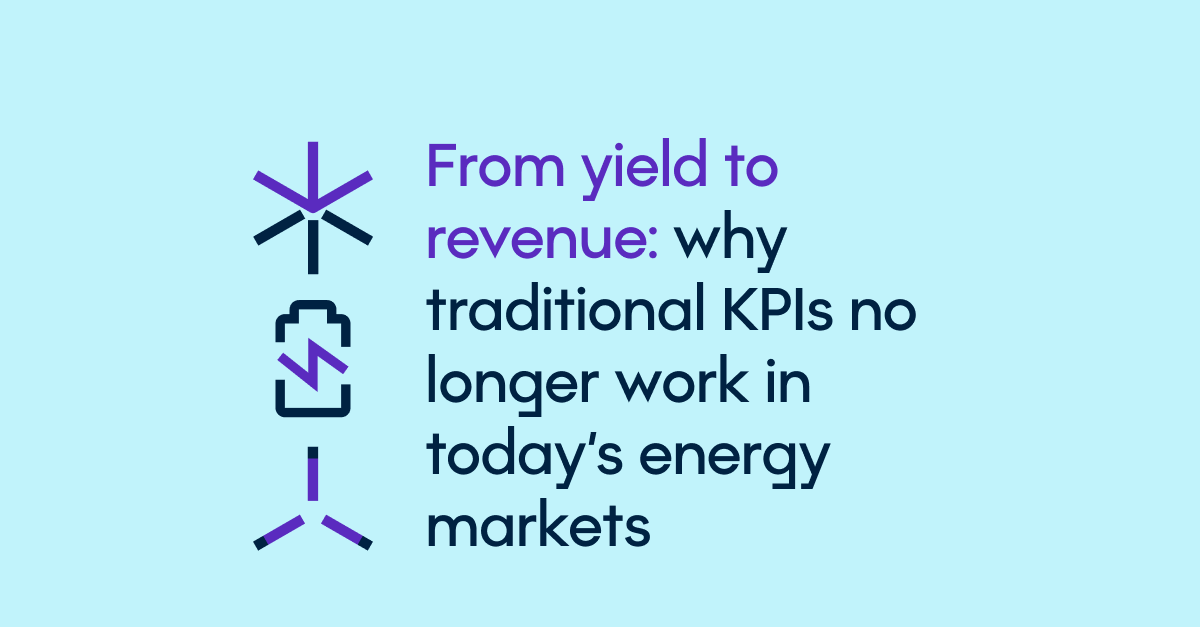For a long time, solar and wind asset managers could rely on a simple equation: more production meant more revenue.
Classical KPIs such as performance ratio (PR), system availability, and ASTM-based evaluations were sufficient to monitor plant performance, benchmark results, and reassure investors.
But this traditional framework is no longer fit for today’s market reality.
As hybridisation and evolving grid and market conditions redefine the scope of asset performance management, physics-based modelling and integrated digital infrastructures are growing in importance as a critical foundation for performance evaluation, financial forecasting, and contractual alignment.
In this first blog of the series, we explore why hybridisation has become essential and how this changing context impacts PV asset management across four key dimensions.
The new reality of renewable asset management: navigating curtailment, volatility, and hybridisation
Across Europe and beyond, asset managers are navigating congested grids, frequent curtailment events, volatile market prices, and increasingly hybridised projects combining PV, wind, and battery energy storage systems (BESS). Under these conditions, increasing output doesn’t always translate into higher financial returns. In fact, there are moments when shutting down production can be the most profitable decision, for example, to avoid exposure to negative market prices.
At the same time, curtailment creates blind spots in traditional KPIs that are still used today as main performance indicators internally and in contracts. When PR declines due to intentional power control events, the plant can appear to be underperforming, even if it’s technically sound. Conversely, genuine issues such as degradation or string-level faults can remain hidden, resulting in long-term performance losses that standard KPIs fail to capture.
Hybrid renewable assets: opportunities and challenges in PV-wind-storage integration
Hybridisation has become the new standard, particularly in regions with grid congestion. Projects are now increasingly designed to integrate PV, wind, and storage, in order to maximise grid connection points and create more flexibility in revenue streams.
While this trend unlocks new opportunities, it also brings new challenges:
- Complex system design and integration
- Expanded IT/OT infrastructure requirements
- More stakeholders to coordinate, from EPCs and O&M contractors to grid operators and PPA counterparties
- Operational workflows that span both technical and financial teams
The financial side of renewables has also changed dramatically. Whereas long-term, fixed feed-in price PPAs were the standard, asset owners are increasingly exposed to revenue stacking: combining spot market sales, imbalance markets, PPAs, grid services and additional revenue streams (and fines) depending on local policies. Each stream reacts differently to market conditions and curtailment signals, complicating financial forecasting and contractual compliance.
Why traditional KPIs no longer reflect true asset performance
Traditional performance frameworks were designed for stable operating schedules. They rely on idealised conditions, creating metrics that are neither representative nor actionable. Current market conditions impact 4 main categories: technical and commercial, both at the internal company level and externally. The traditional KPIs in these categories ignore today’s market dynamics and operational complexity [Fig.1] leading to:
- Misleading views of asset health
- Inefficient maintenance scheduling
- Contractual disputes over performance guarantees
- Unrealistic financial objectives and missed ROI targets

Maximising yield is no longer the same as maximising revenue. Asset performance management must evolve from yield optimisation to revenue optimisation, incorporating grid conditions, market signals, and hybrid operational realities.
The future of renewable energy KPIs: from yield optimisation to revenue optimisation
In this context, the industry needs KPIs that are:
- Technically accurate, capturing real performance under curtailment and hybrid conditions
- Commercially relevant, aligned with revenue outcomes and market dynamics
- Transparent and interpretable, across a complex web of stakeholders from investors to grid operators
In the next section of this series, we will explore how digital twins can redefine renewable asset performance management in a four-step approach, providing the accuracy and transparency needed to navigate today’s volatile energy markets.





